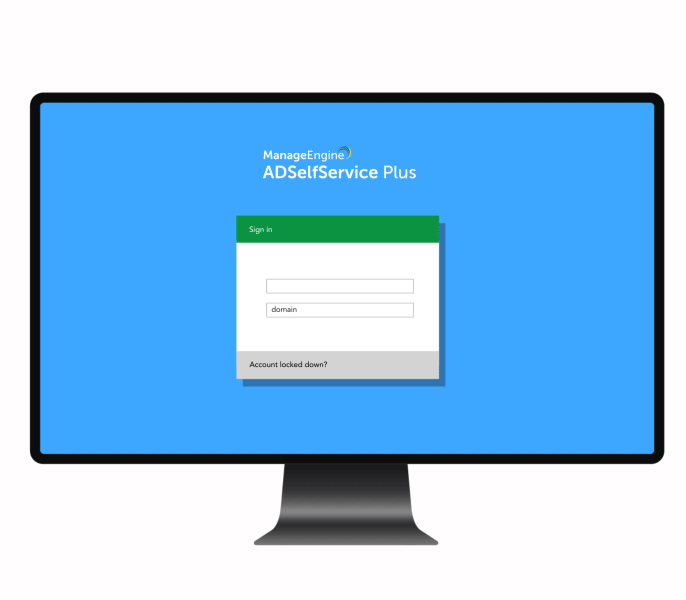Passwords, having served as an immemorial authentication factor, have their own pros and cons. The pros are they're commonplace, simple, and everyone's favorite, and one of the cons is that "everyone" includes threat actors, too.
Although various guidelines and technologies have been developed to ensure passwords are impenetrable, hackers discover ways to bypass them via one attack or the other. It's also important to note that no matter what password protection strategies are in place, they're rendered useless if the end user is negligent about them. A strong password security architecture requires planning, constant monitoring, and periodical updates to keep up with evolving password-related cyberattacks.
However, what if you could simply eliminate this management overload by getting rid of passwords as a whole while also enhancing IT security?
During passwordless authentication, a user is not asked to enter a password to verify their identity. Instead, they're authenticated by some other identity authentication factor such as biometrics, FIDO passkeys, or a TOTP, which are safer because these factors cannot be stolen easily.
Google found that 65% of people reuse the same password for various applications. This seemingly innocuous practice is a huge threat to identity security because one compromised account can lead to the victim's entire virtual presence being misused.
Admins no longer have to worry about any employees in their organizations using an already breached password, which could lead to a successful credential stuffing attack.
No more deliberating over the right balance between a complex password and one that can be remembered by users.
Biometrics such as fingerprints, retina patterns, and facial recognition are the strongest authentication factors present today.
This means even if a verification code is retrieved by a hacker, it will be useless by the time they try to apply it.
Push notifications and TOTPs will be sent to mobile devices, which are now available to everyone.
Apart from these, you also eradicate the additional costs involved in password management and password-related tickets.
ADSelfService Plus is an identity security solution with adaptive MFA and SSO capabilities. With ADSelfService Plus, you can enable passwordless authentication for:
Relieve users from the burden of remembering and entering passwords each time they want to access protected IT resources.
Completely wipe out the costs associated with password reset tickets, password management, and compliance requirements.
Gain absolute immunity against every kind of password-based attack.

ADSelfService Plus has many authentication factors that can secure user accounts better than passwords, such as:
For the complete list of supported authenticators, click here.
Going passwordless means eliminating passwords as the primary and lone factor of authentication.
You enter your username and confirm your identity through factors like a TOTP or a push notification. After successful verification, you are logged in.
While it's not impossible to hack a passwordless account, it's much more difficult to break into them because they're not vulnerable to various password attacks. Also, the level of security depends on the factor replacing the password. Biometrics and TOTPs can ensure a high level of security.
Enable context-based MFA with 19 different authentication factors for endpoint and application logins.
Learn moreAllow users to access all enterprise applications with a single, secure authentication flow.
Learn moreEnhance remote work with cached credential updates, secure logins, and mobile password management.
Learn moreEstablish an efficient and secure IT environment through integration with SIEM, ITSM, and IAM tools.
Learn moreDelegate profile updates and group subscriptions to end users and monitor these self-service actions with approval workflows.
Learn moreCreate a Zero Trust environment with advanced identity verification techniques and render your networks impenetrable to threats.
Learn more